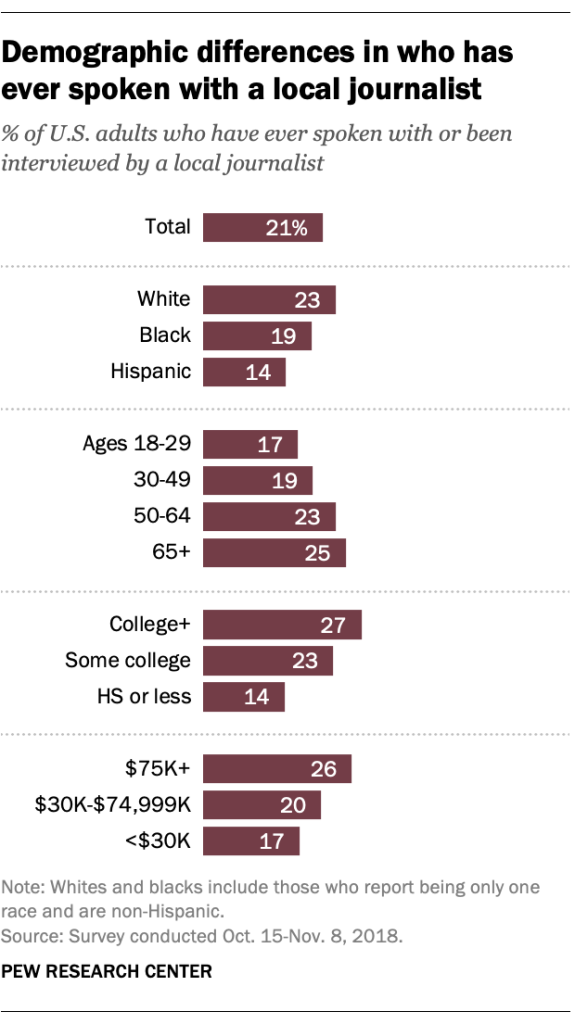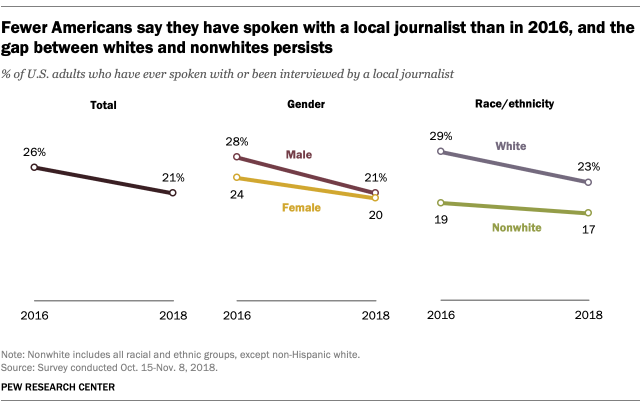In the old days, the first thing an aspiring journalists learned about the news business was that the business model was about “delivering eyeballs to advertisers.” Journalism historians tell us that advertising revenue facilitated the turn from partisan news media and pamphleteering to independent news outlets staffed by people who became professionalized as journalists with norms, ethics and standards of practice. The growth of advertising-financed news paralleled the growth of the industrial-era consumer economy and made news a viable business. The staff-and-line structure of industrial organizations made it easy and logical to separate the editorial and business functions of the newspaper, freeing journalists to focus on reporting without necessarily having to think about the business consequences – the so-called “wall between church and state.” The digital turn in journalism has, of course, destroyed that wall, but it’s done much more – it’s changed the business logic behind paying for content. Mark Andrejevic and his colleagues at Monash University are helpful here:
Since the mass media has few technological mechanisms for targeting specific groups of people, advertisers developed very rough proxies – concentrating ads for household products, for example, during daytime hours to reach homemakers (hence the term “soap opera”); or placing toy ads alongside Saturday morning cartoons.
The ads followed the content, and, in some cases, its timing and geography. These ads were available to large groups of people, and thus available for public scrutiny – and often became the topic of concern about stereotyping and predatory marketing tactics.
Going Dark: Holding platforms to account over targeted online advertising, July 5, 2021
As Andrejevic notes in his 2019 book, Automated Media, digital publishing platforms — including, but not limited to social media — give advertisers a way of targeting and surveilling consumers directly, just as they give governments and other powerful actors ways of shaping public opinion without debating openly in the public square. Instead, databases, machine learning and AI technologies foster opportunities to create media environments in which people can construct their own shared meanings and notions of epistemic authority. We see this in the power of hashtag activism and the infodemics of baseless conspiracy theories that endanger both public health and the viability of democratic regimes around the world. What Andrejevic gives us in this book is a way of understanding how the logic of the automated systems themselves — the machine-to-machine communication — helps to undermine the Enlightenment-era assumptions about the ability of reason and evidence win out in the marketplace of ideas.
Here’s how Andrejevic puts it:
Whereas automated machinery offloaded the social labor of production onto mechanized infrastructures, automated media seek to offload culture itself onto artificial intelligence and data-driven forms of social sorting and decision-making. The result is what might be described as an ongoing process of social de-skilling accompanied by the dis-embedding of key decision-making processes from the forms of social life and social interaction upon which they rely. The attempt to abstract core elements of human culture from the realm of social interaction (by offloading them onto automated information systems) makes it easier to misrecognize and ignore the underlying forms of social interdependence and recognition that enable the formation of shared or common interests and understandings. This social de-skilling is the result of what the chapter describes as the “cascading” logic of automation that characterizes the contemporary information environment: automated information collection generates so much information that only automated systems can meaningfully organize it. Once sense-making becomes automated, the next logical step is toward automated response, which, in turn, promises to surpass the capacities of human subjects. If automated machinery displaced human labor, automation targets the figure of the subject.
Mark Andrejevic, Automated Media. Introduction
Andrejevic discusses the implications of this in some detail in this New Books interview:
I’m going to be spending some time with Andrejevic’s work. I think it has a lot to teach me as I grapple with the questions I raised in my February, 2021 blog post that asked what journalism educators need to know in the era of the fourth industrial revolution. I suspect I will want to put it in conversation with Ramesh Srinavasan’s “Beyond the Valley.“




